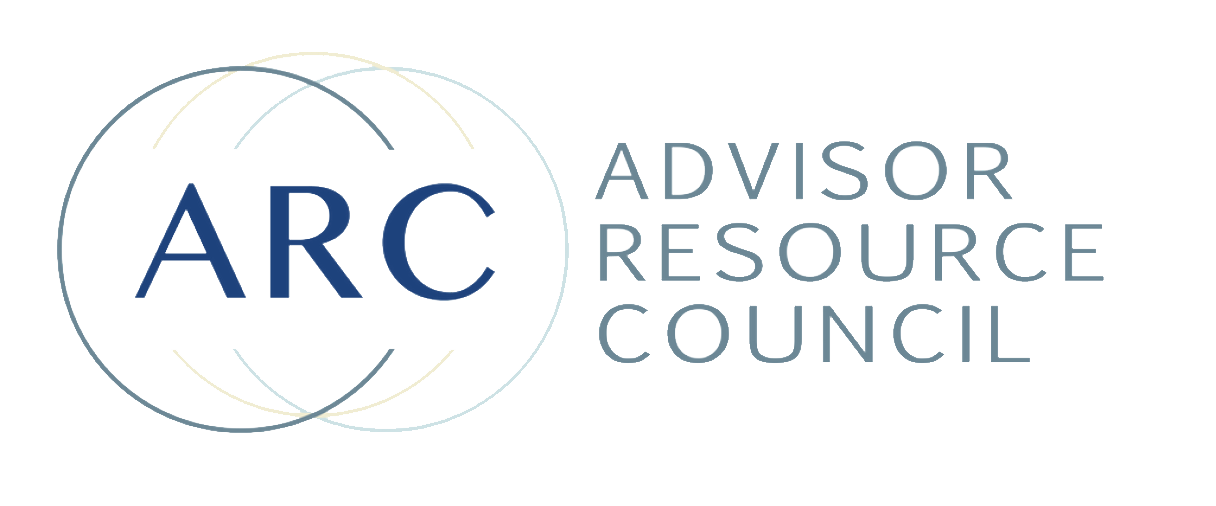INSPIRED ADVISORS

S ummary: The U.S. wealth management industry is bracing for a major talent shortage, with more than one-third of financial advisors expected to retire by 2034. This shift comes as demand for human-centered financial guidance continues to rise—especially among Gen X and Millennial investors. In this blog, ARC CEO Sarah Pais outlines what’s driving the advisor gap, what McKinsey says firms must do to adapt, and how ARC is proactively equipping independent advisors to thrive through it all.

The financial advisory industry has seen a tremendous evolution over the past few decades, driven by technological advancements and a changing work environment. This shift has empowered many advisors to design their business around their personal lives while maintaining—and even accelerating—the growth of their practices. One such advisor is Ashley Hodge, whose journey to becoming an independent financial advisor with a thriving practice is not only inspiring but serves as a testament to what’s possible for others considering the independent route. Finding the Path to Independence Ashley’s journey began in 1993 at Merrill Lynch, where he spent six years in Fort Worth, Texas, before moving to a small regional firm, JC Bradford, in 1999. A few acquisitions later, he found himself at UBS, which he left in 2004 to go independent. What’s unique about Ashley’s story is not just his transition to independence but the deliberate manner in which he prepared for it. “Back in 2001, I started experimenting with working from home. I knew that raising a family and maintaining a high quality of life would be a priority for me. I didn’t want to lose precious hours commuting or engaging in unnecessary office activities,” Ashley shared. Ashley’s decision to work from home—initially a rarity in the financial advisory world—was based on his desire to optimize his time and eliminate inefficiencies. Despite his early adoption of remote work, Ashley’s business continued to flourish, demonstrating that the traditional office environment is not a prerequisite for success. Overcoming Initial Challenges and Navigating Transitions Ashley’s transition to independence wasn’t without its challenges. His first move from Merrill Lynch to JC Bradford was met with legal hurdles and a messy arbitration case. This experience made Ashley more cautious and meticulous in planning his subsequent transition to an independent advisory firm. He ensured that his contracts and obligations were well understood and in compliance, enabling a smoother transition the second time around. “When I made the move to independence, it was about doing it right—no shortcuts,” Ashley explained. “I consulted with attorneys, did my homework, and made sure I had a solid plan in place before making the jump.” His preparation paid off. Despite a non-compete clause that limited his initial client base, Ashley successfully transitioned a portion of his clients and, over the next decade, grew his assets under management (AUM) from $25 million to over $100 million. Structuring a Business Around Values and Lifestyle One of the hallmarks of Ashley’s practice is its alignment with his personal values and lifestyle. Ashley has chosen to operate with minimal overhead, no full-time staff, and a unique fee structure that aims to cap his fees at $10,000 per client, regardless of asset size. This model has proven to be a strong differentiator, helping him attract high-net-worth clients while keeping his operational costs low. “For me, the focus was on providing value, being a good steward of my clients’ money, and keeping costs transparent and reasonable,” Ashley noted. “This strategy allowed me to stand out, especially when competing with larger firms that tend to charge more as assets increase.” Ashley’s adherence to his values doesn’t stop at fee structures. He integrates his faith and personal beliefs into his practice, offering advice on topics like biblical stewardship and living a generous life. However, he’s careful not to impose his views on clients who may not share the same values. “About 25% of my clients actively seek that type of advice,” Ashley shared. “For the other 75%, it’s more about trust, honesty, and financial stewardship. It’s important to be authentic and true to who you are without alienating others.” Working from Home: Turning a Challenge into a Strength Ashley’s decision to work from home initially raised some eyebrows in the industry. Yet, it’s been one of his greatest strengths. By building his home office with intentionality—soundproof walls, a private location within the house, and a disciplined approach to his workday—Ashley has managed to maintain productivity and professionalism. “Working from home was an adjustment, especially with young kids around,” Ashley recalled with a chuckle. “One time, my son walked into my office with a poopy diaper during a call with a prospective client. Fortunately, they ended up becoming a client, but I knew I had to create a more professional setup.” Now, with a dedicated office space designed to minimize distractions, Ashley has a routine that allows him to conduct three quality client reviews per day. This consistent engagement with clients has been instrumental in driving referrals and deepening relationships. Tools of the Trade and Staying Efficient In a world where technology can either simplify or complicate, Ashley has chosen tools that enhance his efficiency and support his paperless office. He relies on software like eMoney Advisor for budgeting and tracking, and MetroFax for secure communications. These tools enable him to run a streamlined operation without the need for additional staff. “I’ve found that having a truly paperless office has made it possible to operate efficiently from home,” Ashley said. “With technology like DocuSign and secure cloud storage, I can manage compliance requirements and client communications seamlessly.” Advice for Aspiring Independent Advisors For advisors considering the leap to independence, Ashley’s story offers a blueprint for success. He emphasizes the importance of planning, understanding one’s values, and designing a business that supports the life you want to live. “Do what you love, and the money will follow,” Ashley advised. “Surround yourself with quality people, and don’t be afraid to build your business around what’s important to you. Independence isn’t just about being free from corporate constraints—it’s about creating a practice that aligns with your life and values.” Ashley’s experience is a reminder that independence doesn’t mean sacrificing success. It’s about creating the freedom to run your business on your own terms. By eliminating distractions and focusing on delivering value, Ashley has built a thriving advisory practice from his home office, proving that success is achievable in any setting. Conclusion Ashley Hodge’s story is a powerful testament to the opportunities available for independent advisors who are willing to think outside the traditional office model. By focusing on what truly matters—serving clients, maintaining values, and optimizing time—Ashley has built a successful practice that serves as an inspiration to others. If you’re contemplating a move to independence or simply want to reimagine how your business can better support your life, Ashley’s journey offers valuable insights and encouragement. With intentional planning and a commitment to staying true to your principles, the possibilities for growth and fulfillment are limitless. Want to learn more or connect with Ashley? Visit his website at ashleyhodge.com .

The financial services industry is on the cusp of a transformative era, driven by rapid advancements in artificial intelligence (AI). Over the next five years, we anticipate profound changes that will redefine how financial advisors operate, the tools they use, and the strategies they employ to manage client assets and expectations. Understanding these trends and preparing for the integration of AI into your practice is not just beneficial—it's imperative.




